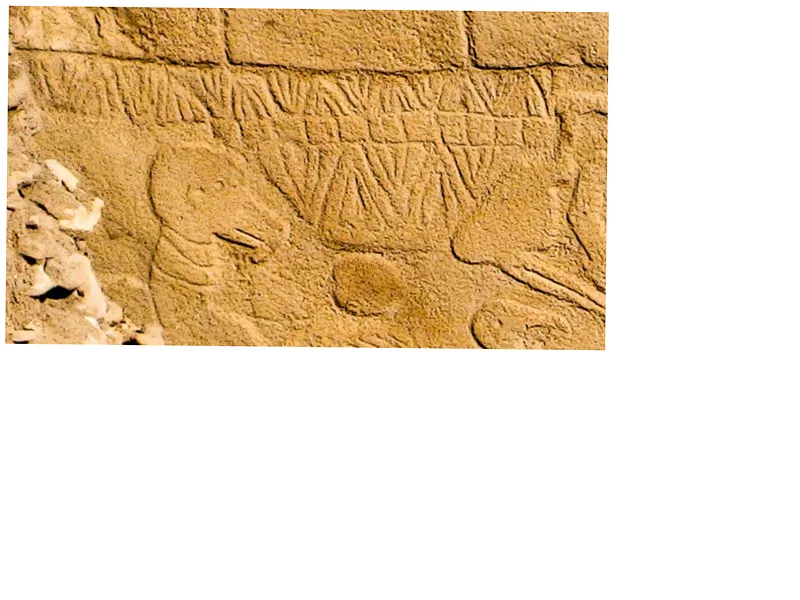A remarkable 2,300-year-old gold ring adorned with a garnet was unearthed in an archaeological excavation led by the Antiquities Authority and Tel Aviv University in the City of David, located within the National Park surrounding the walls of Jerusalem. The small diameter of the ring suggests it belonged to a child, either a boy or girl, from the Hellenistic period. The gold ring has been impeccably preserved over millennia, devoid of rust and wear due to gold's noble qualities.
The thrilling discovery, made by archaeologist Tahya Gangata, is a significant find in the study of ancient Jerusalem. While sifting through excavated dirt, Gangata spotted the shining ring and exclaimed her discovery, drawing the attention of her colleagues. "It's an exciting find that you don't find every day," she said, expressing her joy at realizing a long-held dream just before her maternity leave.
This exquisite piece of jewelry, featuring a braided design typical of the late 4th to early 3rd centuries BC, points to the affluent lifestyle and advanced craftsmanship of the time. Dr. Yeftah Shalu and Ricky Zalut Har-Tov, managers of the excavation, detailed the ring's construction—a technique using thin, pre-cut gold knits atop a metal ring base—a common practice of that era when people favored gold inlays over simple decorations.
The discovery of this ring is not an isolated event but part of a pattern that includes other gold artifacts, such as a horned animal-shaped earring and a decorated gold bead found in recent years at the same site. These findings are reshaping historians' understanding of ancient Jerusalem. Previously considered a small, modest city on the southeastern hill, these artifacts suggest a more prosperous society with expanding city boundaries, indicative of significant private and public construction activities.
Prof. Yuval Gadot from Tel Aviv University and Efrat Butzer, the excavation managers, emphasize that the collective findings indicate a flourishing economic condition in Jerusalem during the early Hellenistic period. The luxurious gold jewelry and the architectural developments reflect the city's openness to Hellenistic influences prevalent across the Eastern Mediterranean. Furthermore, the exchange of valuable goods and cultural symbols, a hallmark of Alexander the Great's conquests, likely contributed to the city's affluence and stylistic inspirations.
The importance of these findings will be highlighted at the "Jerusalem Mysteries" conference, which aligns with Jerusalem Day celebrations. The Antiquities Authority invites the public to explore these intriguing archaeological advancements, emphasizing the enduring significance and vibrancy of ancient Jerusalem.
- This discovery, along with other significant finds from the site, will be presented to the public next week at the "Jerusalem Mysteries" conference, initiated by the Antiquities Authority.
- Director of the Antiquities Authority, Eli Escozido, shared, "The excavations in ancient Jerusalem expose us to invaluable information about our past. On the occasion of Jerusalem Day, we are happy to invite the public to come to an evening that will deal with intriguing innovations in the archeology of the city, free of charge."






